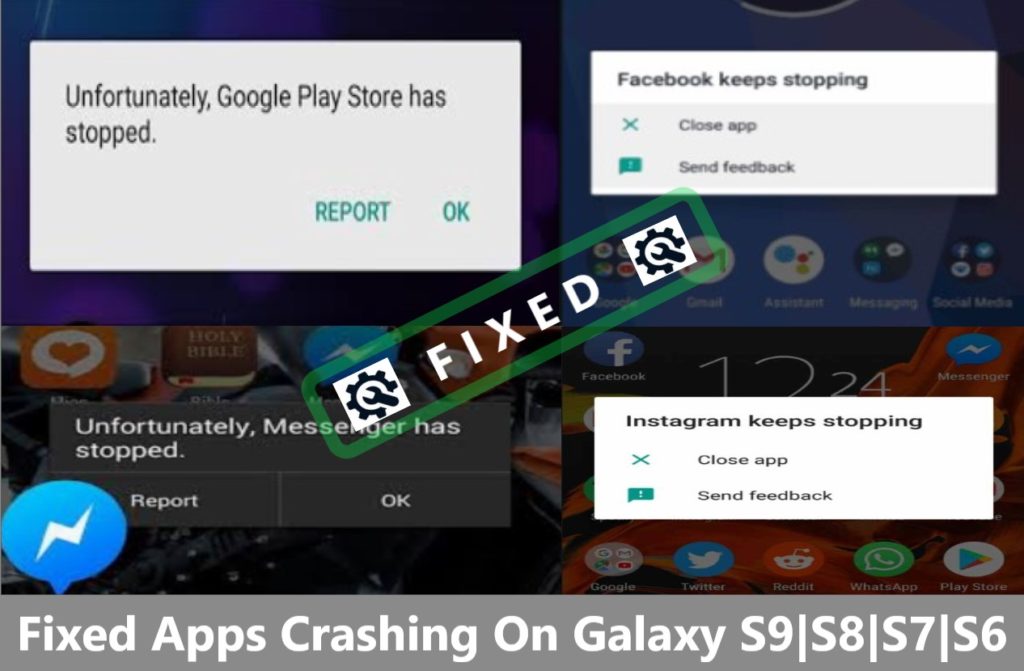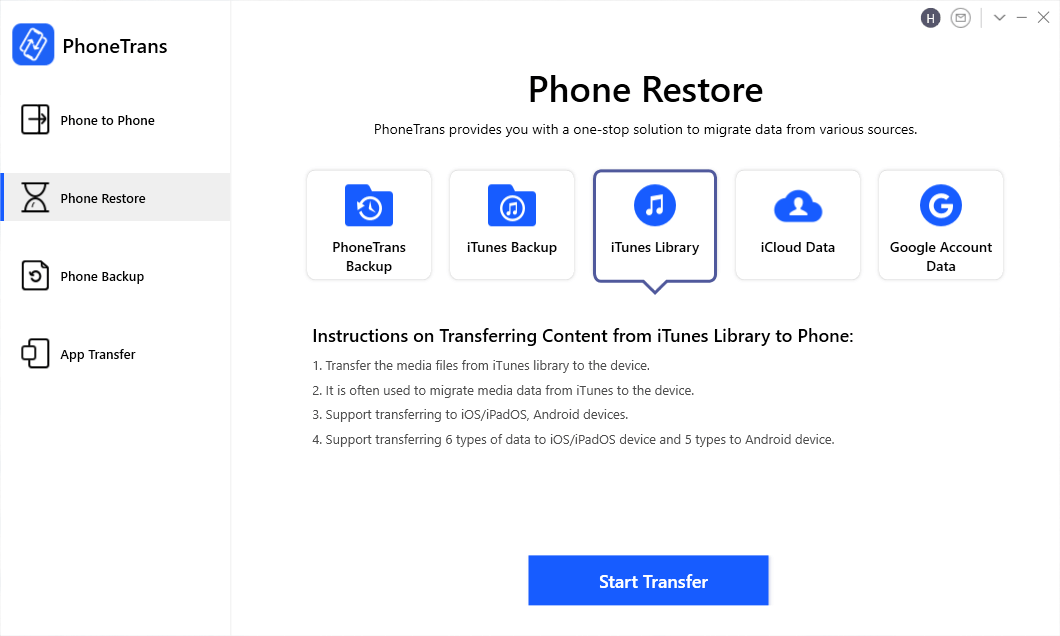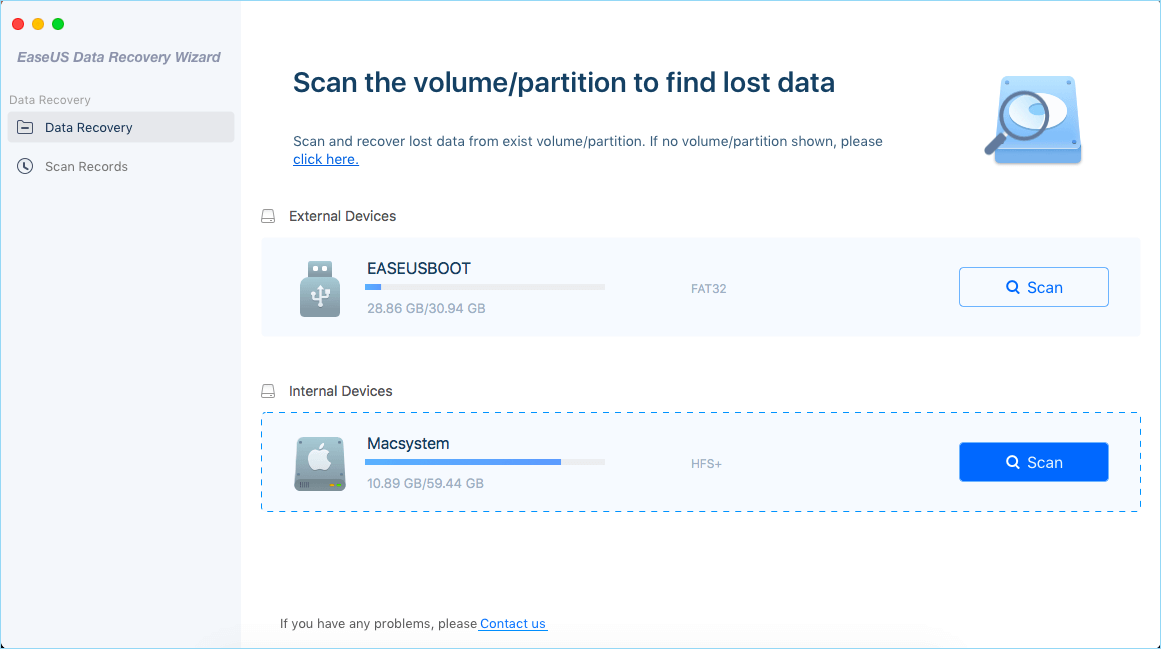How To Easily Fix The Microsoft Photos App In Windows 10
Microsoft Photos (formerly known as Windows Photo Viewer) is a Windows built-in app that can be used as an image viewer, image organiser, video clip editor, raster graphics editor, and photo sharing application. It is available on Windows 7 & 10. This is the new app version (you cannot download the older one) included with Windows 10. You can also obtain it free from the Microsoft Store by searching for 'Microsoft Photos'.
Rebuild the iPhoto Library in iPhoto, and then drag the rebuild library to the Photos icon in the Dock, so you can be sure, you are opening the correct library. If it still does not work, download our Swiss-Army.Knife for library emergencies: Fat Cat Software – iPhoto Library Manager The free trial option will let you rebuild the iPhoto Library. Launch the Photos app. In the lower-left corner of the app, press the Settings button. Midway down the Settings page, you can see a section called Sources. Clicking the X buttons to the right of the folders removes them, and clicking 'Add a folder' allows you to pick new folders to include in your collection. Import new files to the Photos app, from a folder or from a USB device (smartphone, camera, or others) The Photos app is helpful when you want to import pictures and videos to your library, not only from other folders found on your Windows 10 PC, but also from other devices, such as your smartphone, camera and so on. As a fairly versatile operating system, Windows has always had ways of browsing and viewing photos. But with Windows 10, Microsoft decided to try and mash browsing, organizing, and viewing all together in one application, with some basic editing to boot. The result, the innocuously-titles “Photos” app, can be less than intuitive.
Using the Microsoft Photos app, you can 'draw' on your photos and videos, and browse through the photo gallery by date, folder, or album. Using OneDrive, you can bring all photos together from all devices in one place. You can create your own albums, share and view them from OneDrive. Albums are created automatically, but you can always edit them if needed. In addition, you can enhance photos by improving the lighting, contrast, colour, remove red-eye, straighten them, and more. There is a comparison feature that enables you to compare the enhanced and original images and choose those you prefer. A range of editing tools is available to do basic fixes and more (such as adding filters and other effects).
Despite these features, Windows 10 is not a perfect operating system and crashes happen occasionally. One example is the Microsoft Photos crash. Some users have reported that the Microsoft Photos app does not work properly, if at all. The app crashes once the image is opened, cannot be opened at all, or the Microsoft Photos app performance is very poor, thus causing problems for Windows users. If you experience one of these symptoms, this guide will describe you how to fix the Microsoft Photos app if it is crashing, not working, is slow, or not working at all. Read the guide below for detailed solutions.
Table of Contents:
It is recommended to run a free scan with Combo Cleaner - a tool to detect malware and fix computer errors. You will need to purchase the full version to remove infections and eliminate computer errors. Free trial available.

Reset Microsoft Photos App
First, we recommend that you simply reset the app. Do this by going to Settings and selecting 'Apps'.
Find 'Photos' in the Apps & features list and select it. The 'Advanced options' button should appear - click it.
You will see the 'Reset' button. If the app is not working correctly - reset it. Bear in mind that the app data will be deleted and the app might be unusable for a while.
Photos App Repair Library In Windows

Update Windows
The problem with Microsoft Photos app can also be 'system-related' and, thus, you might need to fix the entire system to fix this smaller problem. By 'fix the system', we mean update it. Windows updates are usually installed automatically, but you can check them manually as well. Checking for updates for the entire Windows operating system is usually a good idea and might help to solve this problem. To check for Windows Updates, type 'check for updates' in Search and click the 'Check for updates' result.
You should be automatically directed to the Windows Update section. Click 'Check for updates'. Windows will start checking for updates. If there are updates available, install them and try checking for updates once more (just to ensure that you have the latest updates on your operating system). After the updates are installed (if there were any to install), see if this fixed the Microsoft Photos app.
Photos App Repair Library In New York
You can also try to update the app itself. To do so, go to the Microsoft Store app and click the three dots in the top-right corner. Select 'Downloads and updates'.
Now, click the 'Get updates' and see if there are any updates available related to the Microsoft Photos app.
Run Windows Troubleshooter
Running the built-in Windows troubleshooter might also help. Windows includes a number of troubleshooters designed to quickly diagnose and automatically resolve various computer problems. Troubleshooters cannot fix all problems, but they are a good place to start if you encounter a problem with your computer, operating system, or connected devices. To start troubleshooting, go to Settings and type 'troubleshoot'. Select 'Troubleshoot' from the list.
Now, scroll down to find 'Windows Store Apps' under 'Find and fix other problems', select it and click 'Run the troubleshooter'. It will start troubleshooting problems that could prevent the Windows Store Apps from working properly.
Reinstall Microsoft Photos App
To reinstall Microsoft Photos you will need to use PowerShell commands, since you cannot uninstall Microsoft Photos like any other third-party application or program. PowerShell is a task automation and configuration management framework from Microsoft, consisting of a command-line shell and associated scripting language. In PowerShell, administrative tasks are generally performed by 'cmdlets', which are specialized .NET classes implementing a particular operation. To open PowerShell on Windows, 10 type 'powershell' in Search and right-click on the 'Windows PowerShell' result. Select 'Run as administrator' from the contextual menu. Alternatively, you can access PowerShell by right-clicking on the Start icon in Windows and selecting the 'Windows PowerShell (Admin)' result.
Now type this command and press Enter to execute it: 'get-appxpackage *Microsoft.Windows.Photos* | remove-appxpackage'. You can copy this command from our article and paste it into the PowerShell window by right-clicking the background.
Now, go to the Microsoft Store app (you should be able to find its icon on the Taskbar) and search for 'Microsoft Photos'. Then, install the app and see if reinstalling it fixed the problem.
Another way to uninstall the Microsoft Photos app is to use a third-party tool such as CCleaner. CCleaner is a small, effective utility for computers running Microsoft Windows that cleans 'junk' and issues that accumulate over time: temporary files, broken shortcuts, and other problems. It protects privacy, cleans browsing history and temporary Internet files, allowing you to be a more confident Internet user and less susceptible to identity theft. CCleaner is able to clean redundant files from various programs, thus saving hard disk space, remove unneeded entries in Windows Registry, help uninstall software, and select which programs start with Windows. You can download CCleaner from here.
When downloaded, install CCleaner and open it. Find 'Tools' on the left pane and click it. Now, find and select 'Photos' from the list and click 'Uninstall' on the right pane.
Re-register Microsoft Store Apps
If re-installing the app does not fix the problem, re-registering Microsoft Store apps might help. Open PowerShell as administrator, copy and paste this command (or type it manually) into the PowerShell window: 'Get-AppXPackage | Foreach {Add-AppxPackage -DisableDevelopmentMode -Register “$($_.InstallLocation)AppXManifest.xml”}'. Press Enter to execute it and restart the computer. See if this fixes the problem.
Alternatively, you can do this by pressing Win (Windows key) + R. Rhe Run dialog box will be opened and you must then type 'WSReset.exe' and press Enter on the keyboard or click 'OK'. This will reset the Microsoft Store Apps.
Restore Your System Using Restore Points

Finally, you can run System Restore using restore points. A restore point is a collection of important system files stored by System Restore on a given date and time. System Restore reverts everything to a saved restore point, but first, you must have one recorded. If a restore point does not exist on your computer, System Restore has nothing to revert to. To use this tool, you must have created restore points. With a created restore point, this feature will bring your system back to the previous working state, without affecting your files and data. If you have any system restore points that were created before you started experiencing issues with the Microsoft Photos app, you might be able to fix the problem by performing a System Restore. To restore the system, launch Run. To start it, press the Windows Key + R and type 'rstrui.exe'. In the Run dialog box, press Enter or click 'OK'.
In the System Restore window, click 'Next'.
If there are restore points created, you will see a list of them. Mark the 'Show more restore points' checkbox and it should display more restore points. Select the most appropriate restore point (depending on the time created, etc.) and click 'Next'. Do not select a Restore Point at a time when the problems with Microsoft Photos were already present - you certainly do not want to revert to that state.
Confirm the restore point. Your computer will be restored to the state prior to the event detailed in the 'Description' field. If you are happy with your choice, click 'Finish' and the system restore process will begin.
We hope that this guide was helpful and you were able to solve the problem with the Microsoft Photos app. If you know of other methods that solve the problem not mentioned in this guide, please share them with us by leaving a comment in the section below.